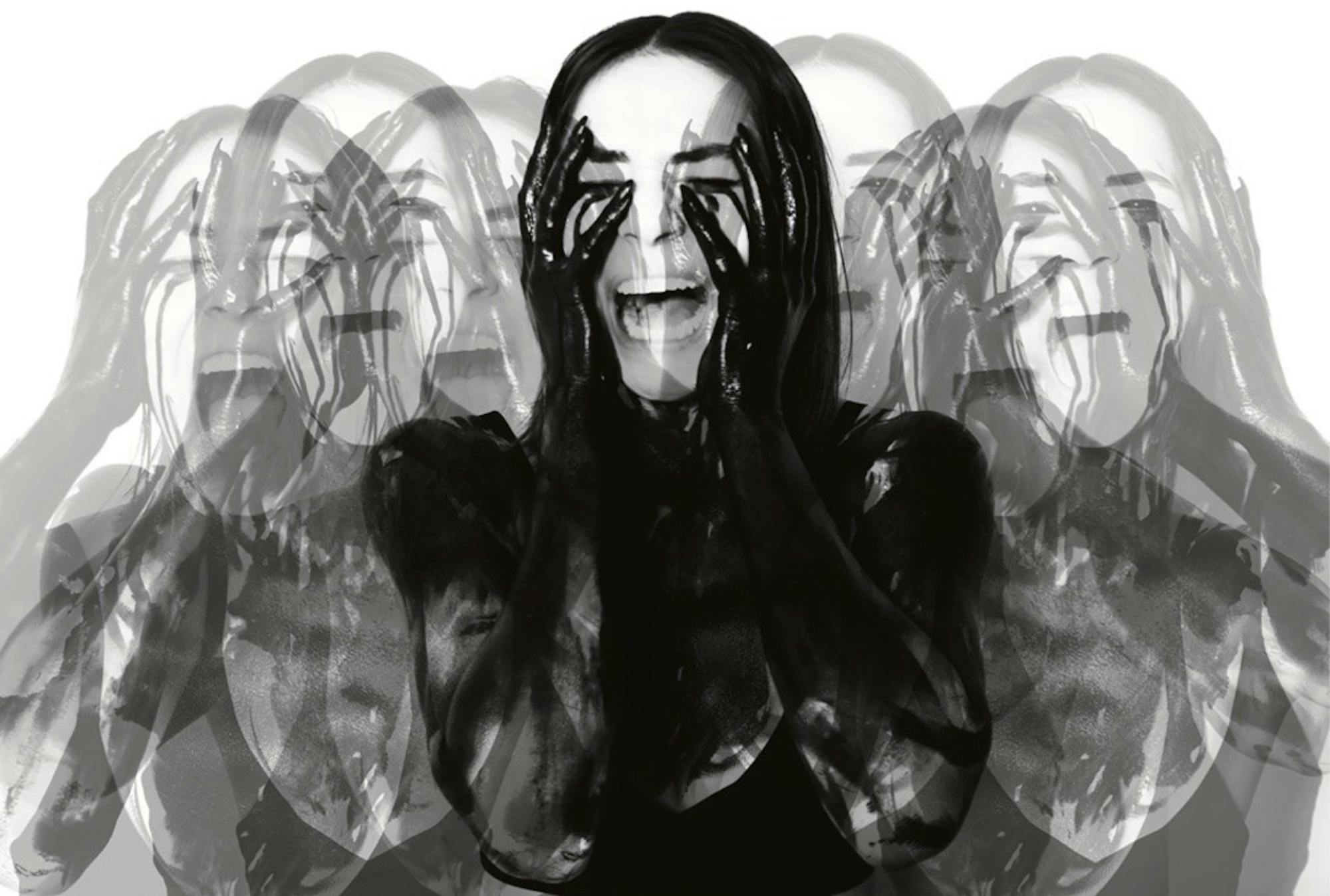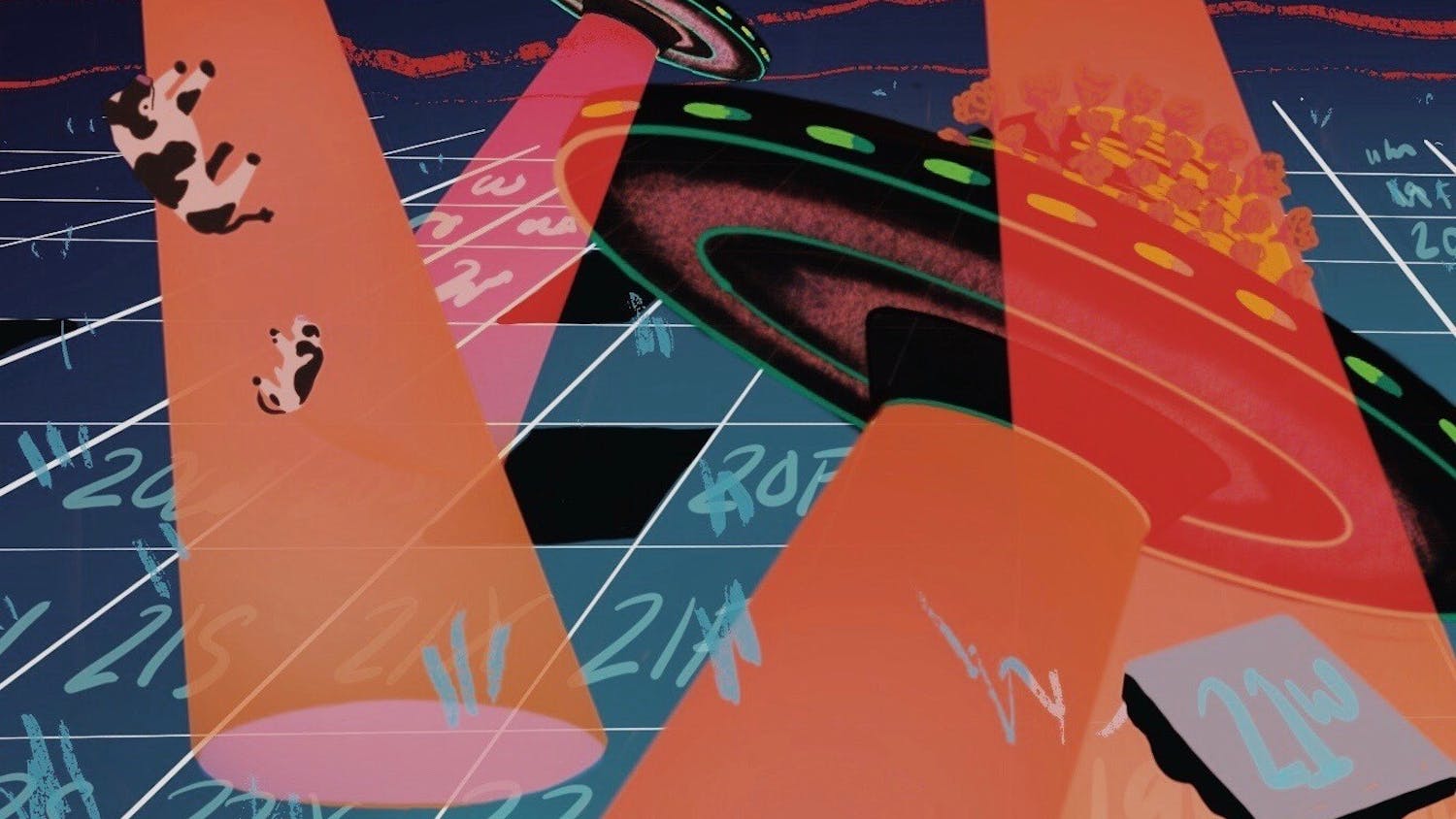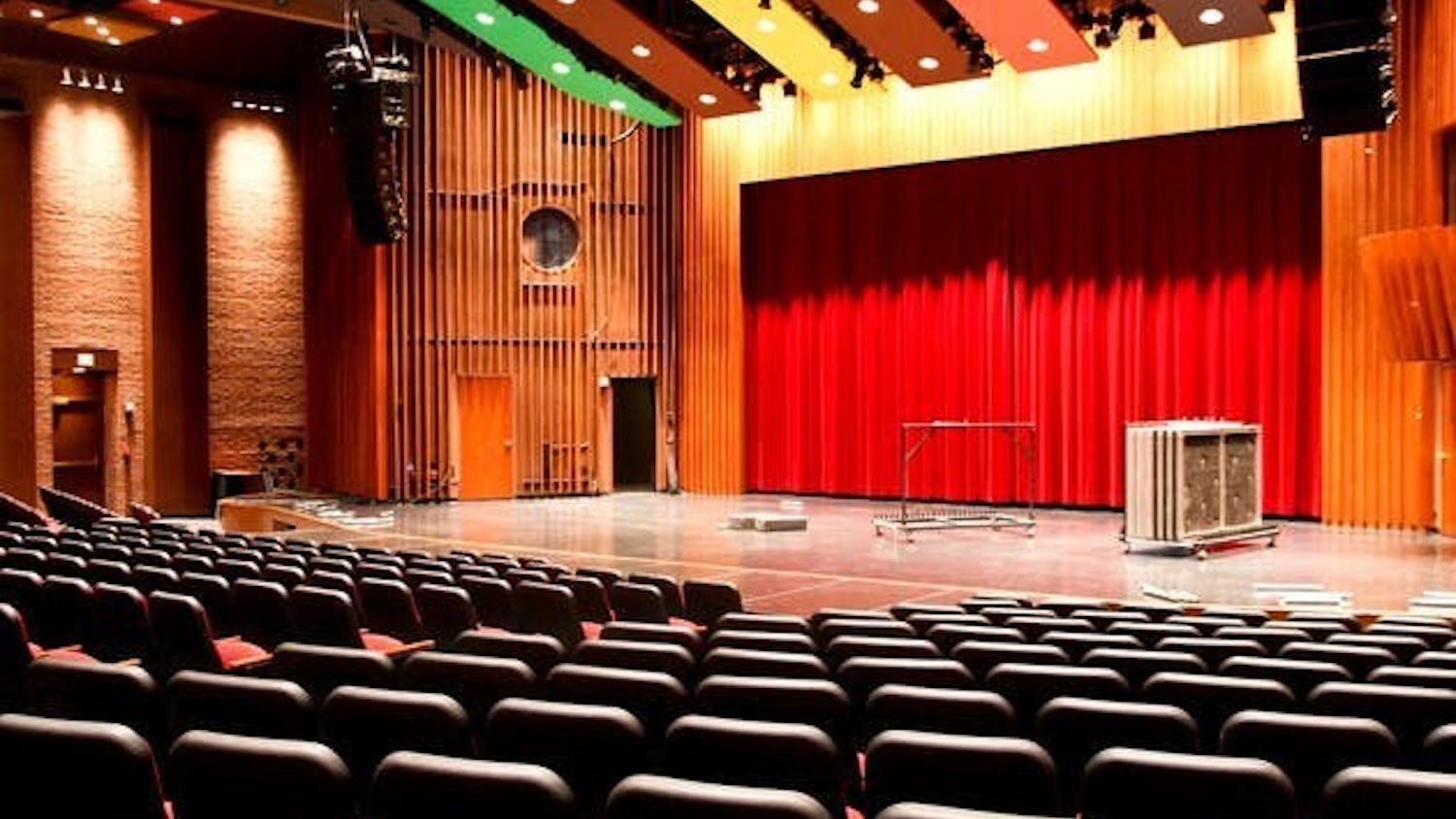For nearly 30 years, the studio art department has selected five seniors or recent graduates with studio art majors or minors to participate in a year-long internship with the department. This year, however, the constraints of remote learning have forced the program to change.
This year’s studio art interns, Turiya Adkins ’20, Claire Burner ’20, Grace Hanselman ’20, Kevin Soraci ’18 and Eric Wang ’20, have taken on the new responsibilities, assisting faculty with technical issues and hosting virtual office hours. These tasks accompany the traditional roles of studio art interns, who work as teaching assistants and receive personal studios in which they can work on their own art portfolios. While interns could not access their studios due to the closure of most campus facilities in the spring and summer terms, Dartmouth’s partial reopening has now restored studio access.
According to studio art department chair Enrico Riley, offering feedback on students’ artwork without being able to see their work, process and perspective in person has created challenges for the interns.
“Most of the students cannot come into the building — that in itself is a bit of a challenge,” Soraci said. “You don’t get to see students’ works, which is kind of disappointing. That’s one of the great things about being in a studio with other people — you get to grow from them, and you feed off of them and contribute to their work.”
Burner, who began her internship this summer, noted that remote learning has posed similar challenges. However, she said that she still enjoys a close relationship with the students she instructs.
“My favorite part is working with the students and just getting to know them, even if it's over Zoom,” Burner said. “And then also seeing how their work is really progressing throughout the term — I think that's my favorite part, honestly.”
Burner added that she has enjoyed meeting visiting artists as a teaching assistant for a printmaking class and facilitating collaboration in the new studio art class, SART 17.23, “Book Publication Lab.”
Despite the constraints of the remote environment, Soraci, who began his internship this term, said the studio art internship program has been a “real blessing.”
“Not many artists get an opportunity like this,” Soraci said. “The art profession is really scary and challenging, and there aren’t [many] safety nets. It’s a great opportunity for inspiring artists to transition into the art profession.”
Soraci, who has been serving as a teaching assistant for architecture classes while working on his graduate program applications, said he is enjoying the opportunity to work with students as he further explores his interest in academia.
Riley, who was an intern himself in 1995, described the experience as “eye-opening,” since interns are exposed to the factors needed to make a college art department run smoothly.
“It gives [interns] an opportunity to think [about] whether they really want to go and pursue an advanced degree — which would make them eligible to teach — or if it’s not really for them,” Riley said.
Meanwhile, Burner said that she applied to the position because she likes teaching and is passionate about art. She added that she wanted to take time to work on her art before applying to law school, through which she hopes to find a career combining both art and law.
On top of working on his portfolio and teaching students, Soraci said he hopes to contribute to the department, which he said he believes is a “hidden gem” at the College.
“I’m trying [to contribute] by building up things the department is already successful at, which is a really good community and a really good staff that really cares about their students,” Soraci said. “Not many people take studio art classes, but they should, because they’re a lot of fun and the faculty is really incredible.”
Despite the challenges of connecting interns to students in the remote environment, studio art department administrator Kelly Thompson and Riley both said that studio art interns have served as great resources for current students.
“I think it’s good for [students] to have someone who has been through the programs, been through what they’re going through now to sort of be a mentor,” Thompson said.
Riley added that the interns act as a bridge between students and faculty because they “bring energy and familiarity with student culture” to each class and to the department as a whole.





